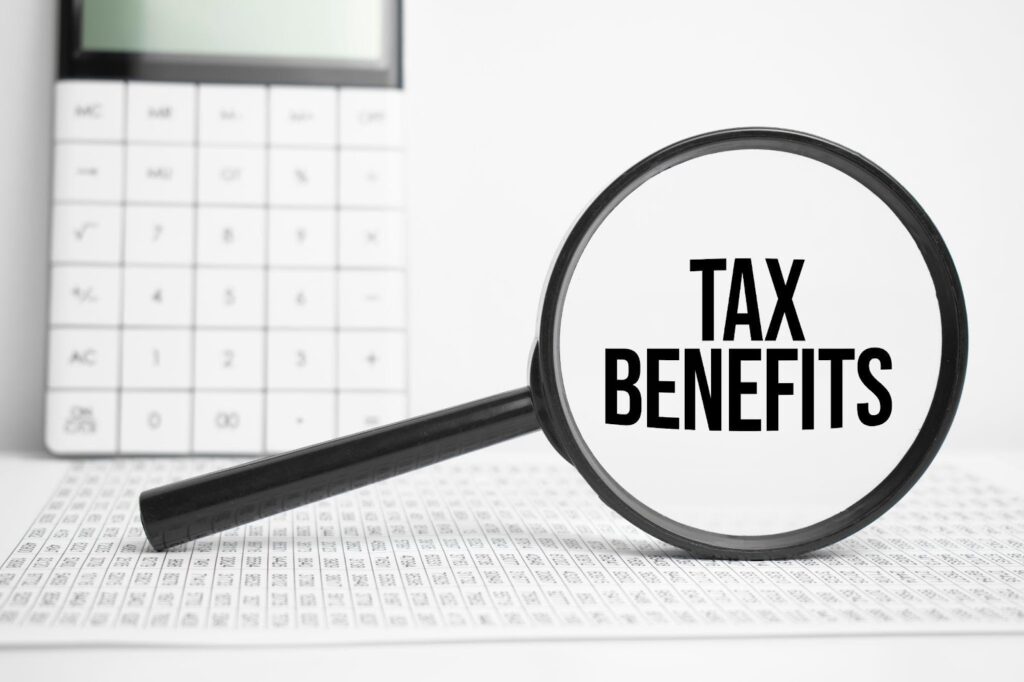Table of content
Investing in multifamily properties not only offers potential for steady cash flow and long-term appreciation but also provides attractive tax benefits for savvy real estate investors. In this blog post, we will explore the tax advantages associated with multifamily investments, shedding light on how these benefits can contribute to maximizing your wealth. Let’s dive into the world of tax benefits and discover why multifamily properties are a tax-efficient investment strategy.
Depreciation Deductions: Accelerated Depreciation: The IRS allows investors to depreciate the value of the building portion of a multifamily property over 27.5 years using the Modified Accelerated Cost Recovery System (MACRS). This non-cash expense can significantly reduce taxable income, resulting in lower tax liability.
Cost Segregation Studies: A cost segregation study allows investors to identify and classify certain components of the property as shorter-lived assets, such as appliances, flooring, or light fixtures. By accelerating depreciation on these components, investors can increase deductions and improve cash flow.
Bonus Depreciation: Under certain circumstances, investors may also qualify for bonus depreciation, which allows them to deduct a significant portion (currently 80% for qualified assets) of the eligible property’s cost in the year of purchase. This can result in substantial upfront tax savings.
Passive Losses and Passive Activity Rules: Passive Activity Losses: Real estate investments, including multifamily properties, are often classified as passive activities for tax purposes. Passive losses generated from rental activities can be used to offset passive income, reducing overall tax liability.
Capital Gains Tax Benefits: When multifamily investors sell their property, they can enjoy a capital gains tax benefit. Capital gains tax is a tax on the profit made from selling an asset. If an investor holds onto a multifamily property for more than a year before selling it, they can take advantage of long-term capital gains tax rates, which are typically lower than short-term capital gains tax rates.
1031 Exchange and Tax Deferral: Tax-Deferred Exchanges: Investors can utilize a 1031 exchange to defer capital gains taxes when selling one multifamily property and reinvesting the proceeds into another like-kind property. This strategy allows for the deferral of tax liabilities and potential tax-free growth of the investment.
Capital Improvements: Expenses incurred for significant property improvements, such as replacing the roof, renovating units, or upgrading systems, can often be capitalized and depreciated over time. These expenses can reduce current-year taxable income while enhancing the property’s value.
Repairs, Maintenance, and Improvement Deductions: Deductible Operating Expenses: Costs associated with repairs, maintenance, and general upkeep of the multifamily property are typically tax-deductible. This includes expenses for painting, landscaping, repairs, and other necessary maintenance.
Conclusion:
Investing in multifamily properties offers not only potential cash flow and appreciation but also valuable tax benefits. Through depreciation deductions, mortgage interest deductions, property tax deductions, deductions for repairs and improvements, 1031 exchanges, and passive loss utilization, investors can significantly reduce their taxable income and maximize their wealth accumulation. Leveraging these tax advantages can make multifamily investments a tax-efficient wealth-building strategy. Invest with confidence.
If you would like to learn more about investing in multifamily assets, visit https://waahecapital.com, or schedule a call with our Investor Relations Team at Schedule a Meeting for in-depth information about our company, investment performance, and the advantages of partnering with us.

.png)



